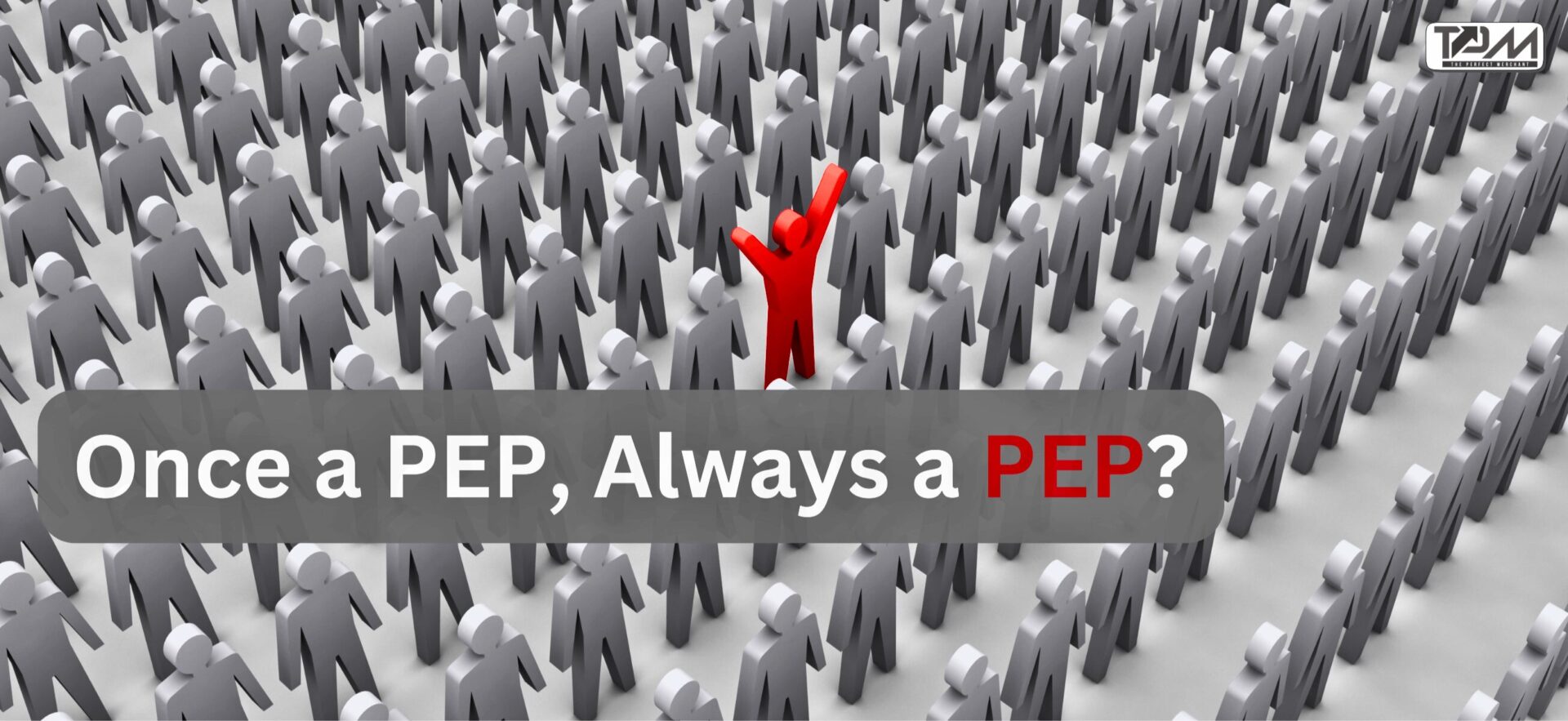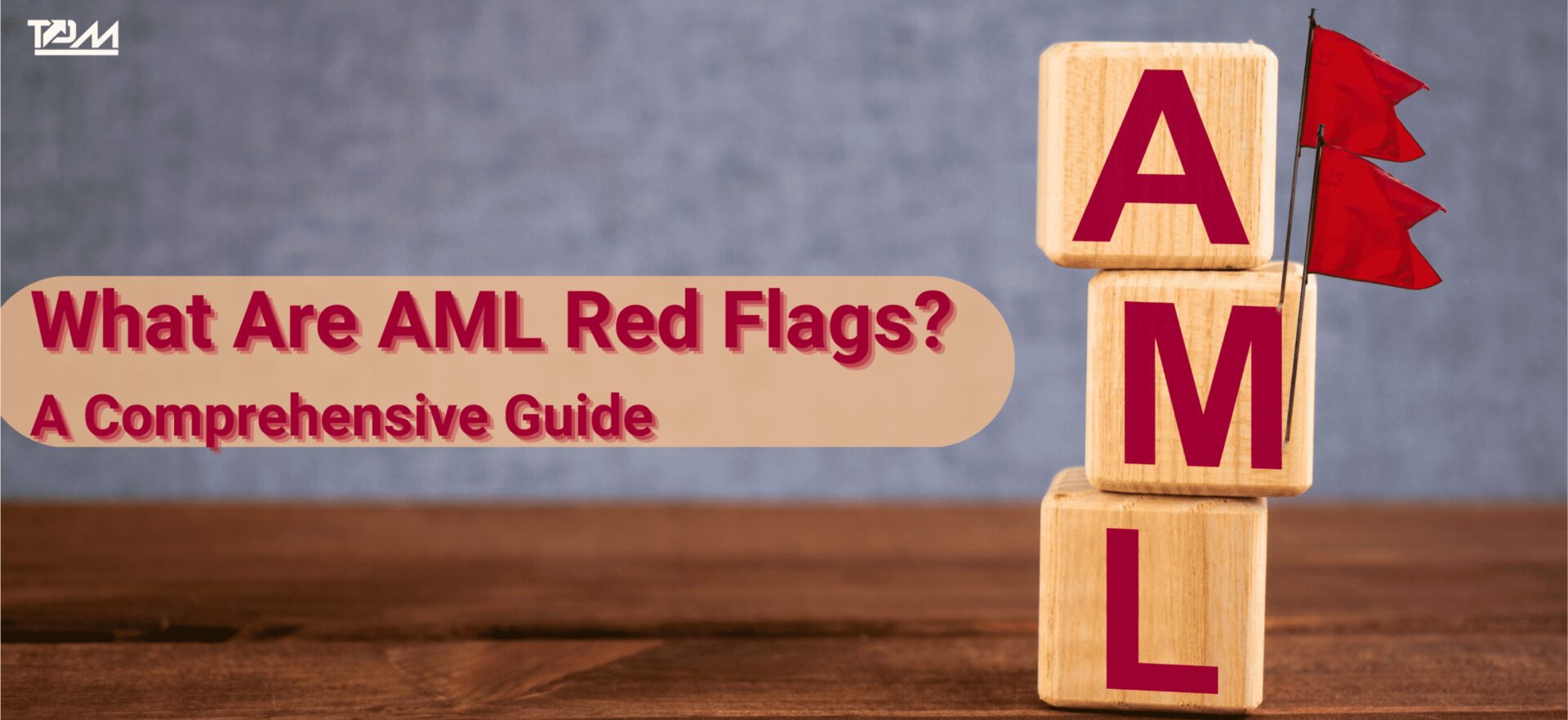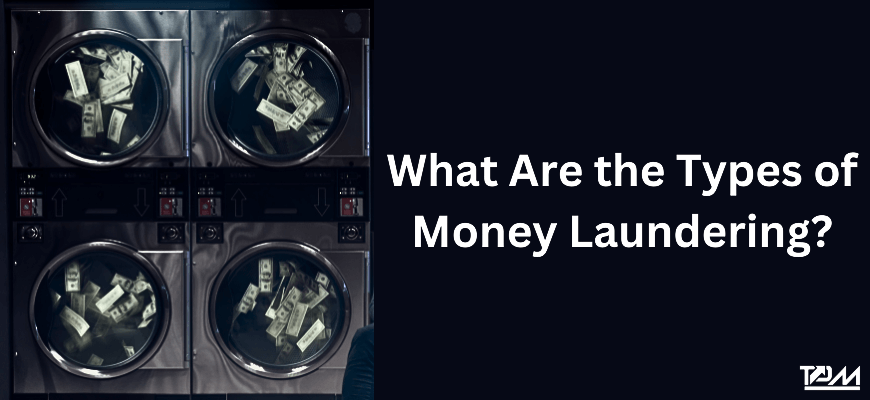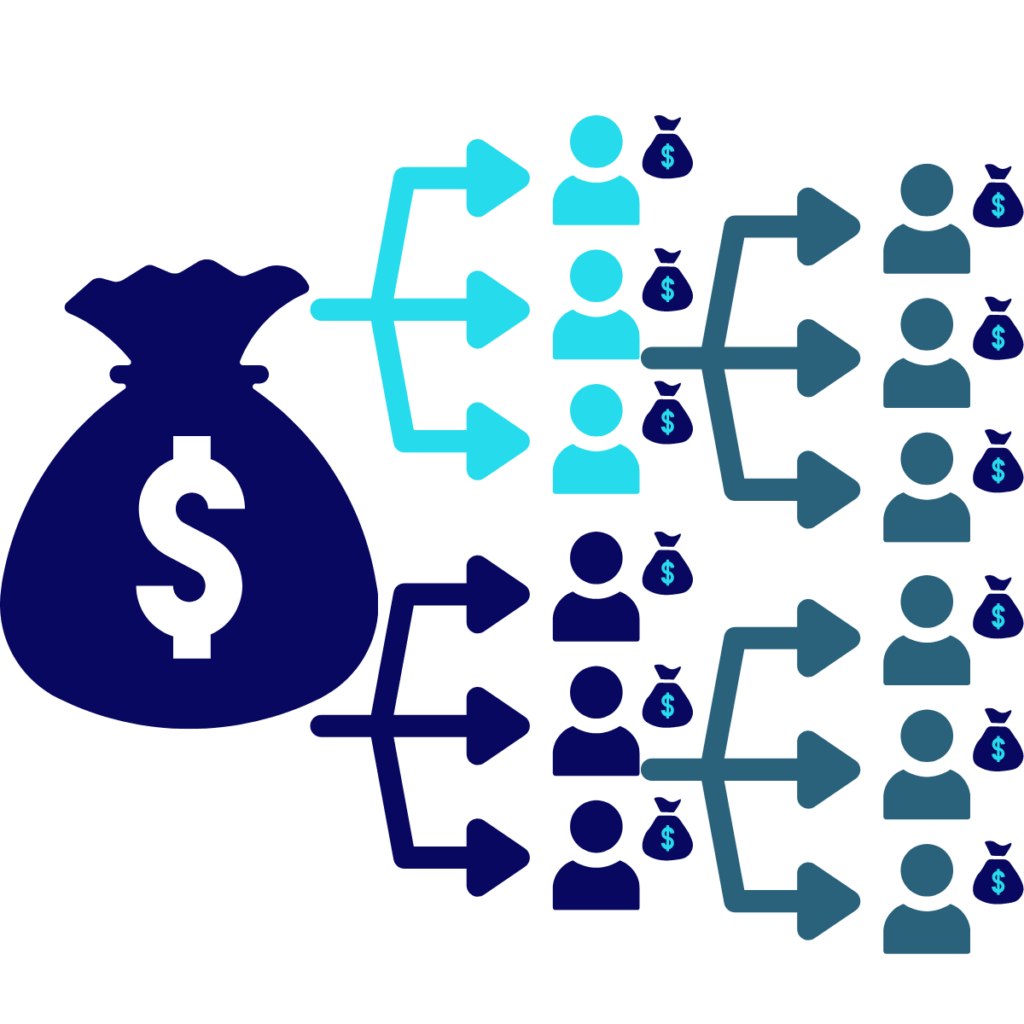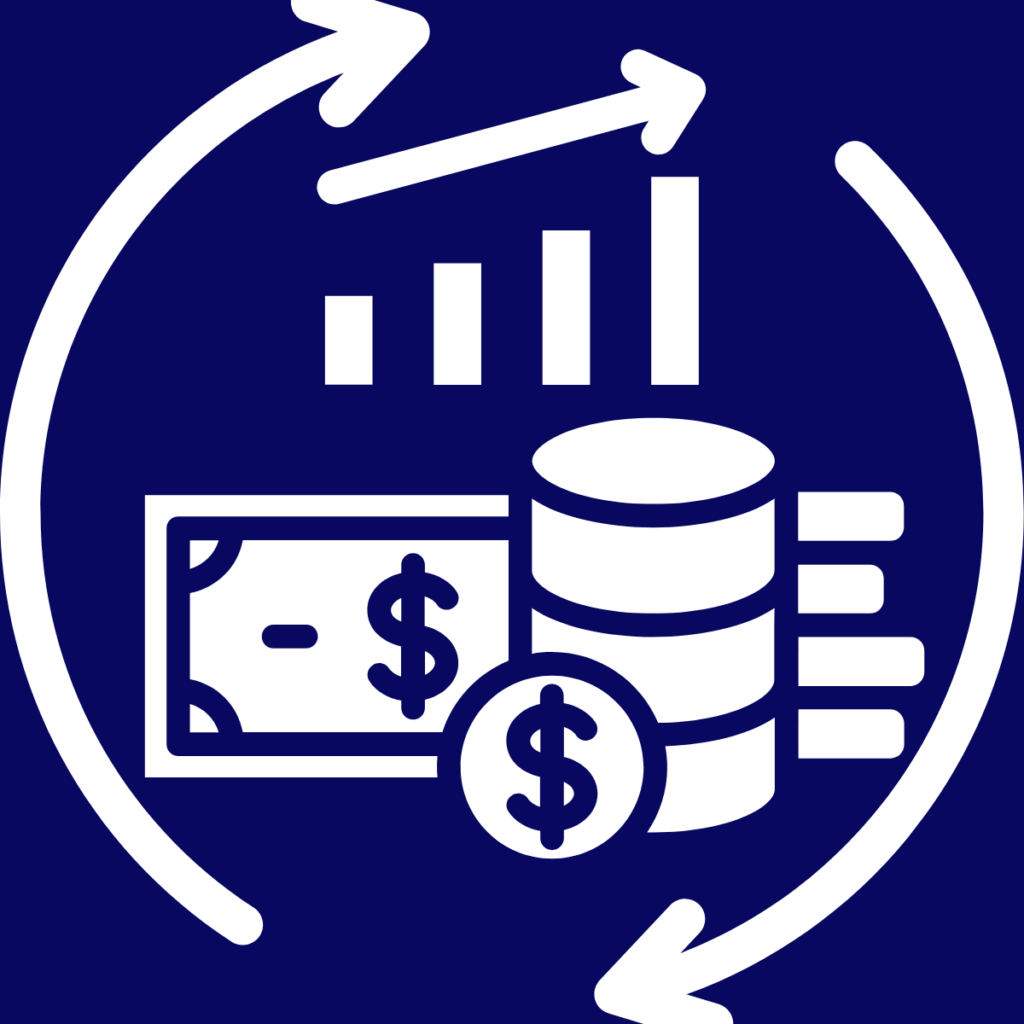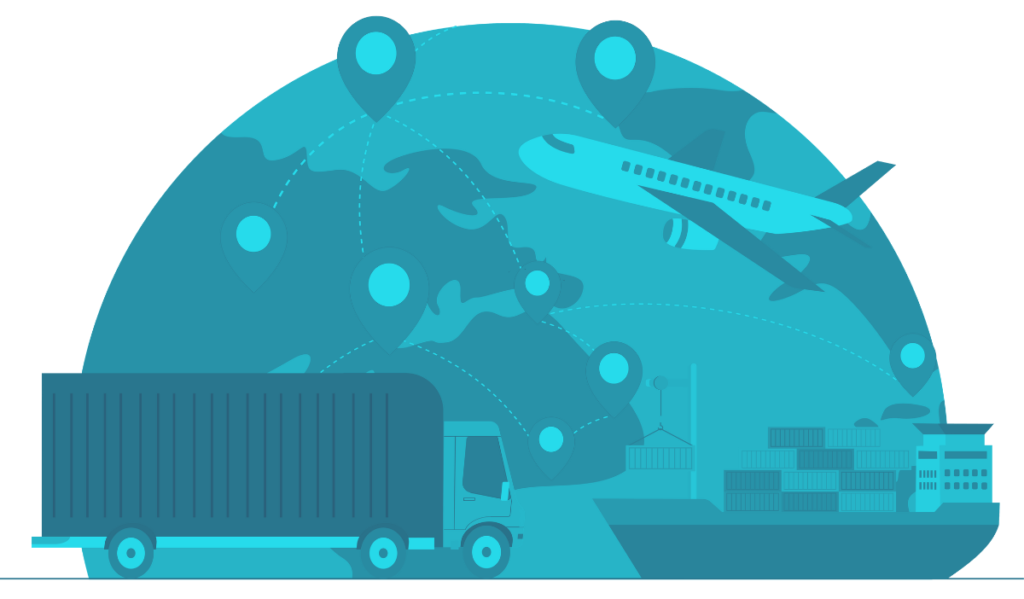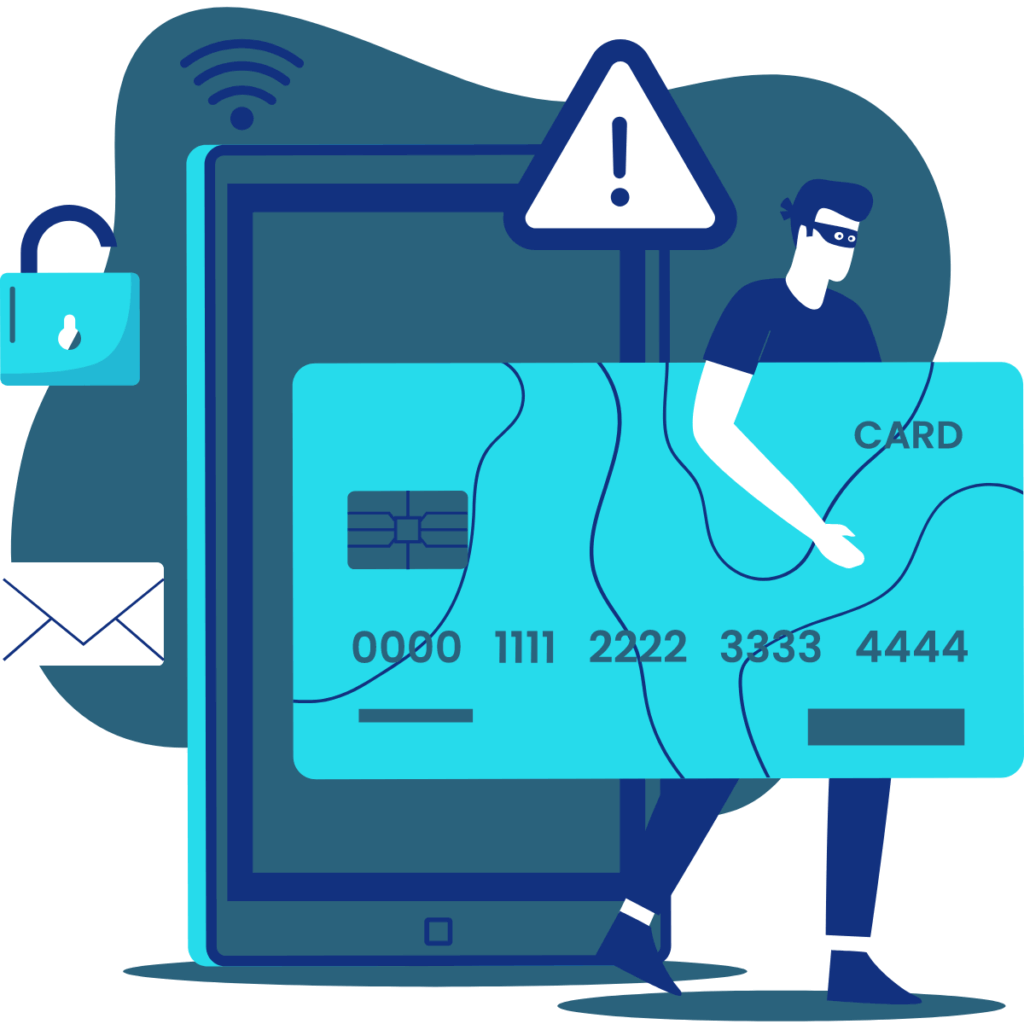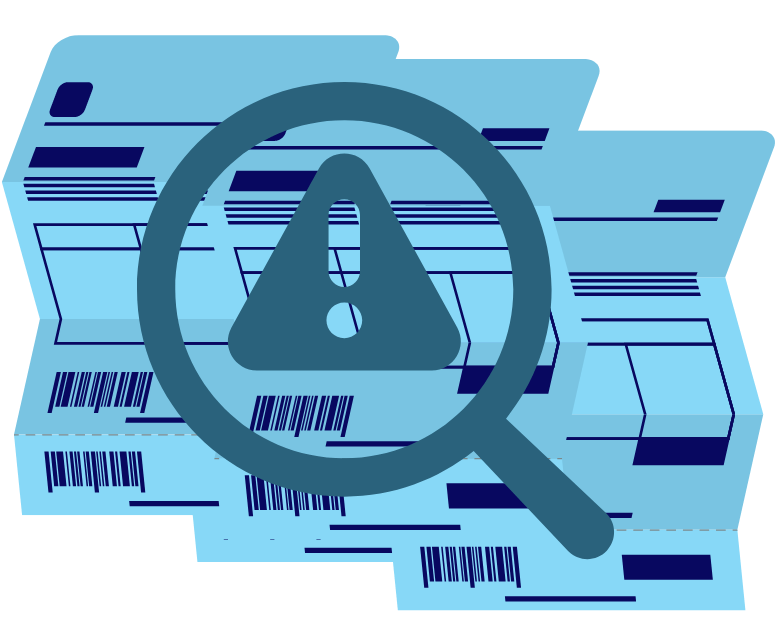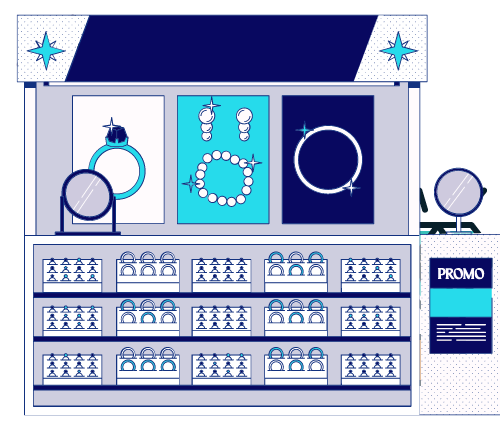Endless as the count may be, in this piece, we’ll discuss the 12 most common types of money laundering methods and money laundering schemes exploited by criminals as part of predicate crimes.
A quick brushup on money laundering–Money laundering is when people try to hide where illegal money comes from. They do this by moving the money around in tricky ways, so it looks like it came from a legal place, like a bank or a business.
It’s important for businesses, regulators, and everyone to know about the different sophisticated money laundering methods and money laundering schemes. This helps identify and mitigate these illegal activities.
Let’s straightaway look at some common money laundering methods and schemes miscreants use to launder money, how they work, and how to prevent them.
12 Types of Money Laundering Methods & Schemes (and How to Prevent Them)
1. Structuring (Smurfing)
What is it? Structuring, or smurfing, involves breaking down large amounts of money into smaller, less noticeable amounts. These amounts stay under the reporting limits set by banks.
How does it work? Imagine a criminal group has $100,000 in illegal money. Instead of depositing all of it at once, which would get noticed, they make several smaller deposits of $9,500 each into different bank accounts. This way, no single deposit reaches the reporting limit, and the banks don’t notice anything unusual.
What is the aim? Criminals aim to avoid detection by banks and regulators. By keeping transactions small, they can gradually move illegal money into the financial system without getting caught.
How to stop it:
- Banks should track multiple small deposits made over a short time.
- Employees need training to recognize patterns of structuring.
2. Cash-Intensive Businesses
What is it? Cash-intensive businesses handle a lot of cash transactions, like restaurants, car washes, and casinos. These businesses can mix illegal money with legal earnings.
How does it work? A restaurant might report more cash sales than it actually makes. Criminals use the restaurant to deposit illegal money as if it were real earnings. This makes the dirty money look clean.
What is the aim? Criminals mix illegal money with legitimate cash. This makes it hard to tell where the money came from, helping them avoid detection.
How to stop it:
- Authorities should require businesses to keep detailed records of cash transactions.
- Regular audits of financial statements can spot discrepancies.
3. Trade-Based Money Laundering
What is it? Trade-Based Money Laundering uses trade transactions to hide the origins of money. It takes advantage of the complexity of international trade.
How does it work? A common method involves over-invoicing, where a company charges more than the actual value of goods shipped. For example, a company ships $10,000 worth of goods but bills the buyer $20,000. The extra $10,000 is illegal money being laundered.
What is the aim? Criminals use trade transactions to move and legitimize illegal money. They change the value of invoices to send money across borders without raising suspicion.
How to prevent it:
- Governments and banks should check trade documents closely.
- Data analysis can help spot irregularities in trade transactions.
4. Shell Companies and Trusts
What is it? Shell companies and trusts exist mostly on paper, without real business operations. They are often set up in places with weak regulations.
How does it work? A criminal sets up a shell company to open bank accounts, hold assets, or make transactions. Because the company has no real business, it’s hard to trace back to the criminal.
What is the aim? The main goal is to hide ownership and control of money or assets. Shell companies create layers of complexity that make it hard to trace illegal money back to its source.
How to prevent it:
- Stricter rules on the creation of shell companies can help.
- Implementing “know your customer” policies helps reveal real owners.
5. Real Estate Scams
What is it? Real estate is often used to launder large amounts of money. The value of property can be manipulated to disguise illegal money.
How does it work? A criminal buys a property with illegal money, often paying in cash. Later, the property is sold at a higher value, making the profits look legitimate.
What is the aim? Criminals aim to make illegal money look legitimate by investing in assets like property. They can then resell or rent out these assets, making the money seem clean.
How to prevent it:
- Require thorough checks in real estate transactions.
- Verifying the source of funds is essential.
- Reporting cash purchases and suspicious transactions can help detect money laundering.
6. Gambling Ruses
What is it? Gambling is used to launder money by turning illegal cash into legitimate casino winnings. This can happen in both physical and online casinos.
How does it work? A person buys chips with illegal cash, gambles a little, and then cashes out, claiming the money as gambling winnings. Online gambling can be exploited similarly, where money is deposited, little gambling occurs, and funds are withdrawn.
What is the aim? Criminals use gambling to make illegal money look like it came from legitimate winnings. They aim to turn dirty money into clean money.
How to prevent it:
- Customer checks and monitoring of high-value transactions are crucial.
7. Money Mules and Hawala Networks
What is it? Money mules transfer illegal funds between accounts, often without knowing it. Hawala networks are informal systems that transfer money based on trust.
How does it work? Money mules are recruited to move money between countries. In a Hawala network, money is transferred informally, without a physical or digital trail.
What is the aim? Criminals use money mules and Hawala networks to move money without detection. These methods help bypass traditional banking scrutiny.
How to prevent it:
- Public awareness campaigns can prevent people from becoming money mules.
- Banks should monitor unusual account activities.
- Closer regulation of Hawala networks can help track illegal transfers.
8. Digital Currency and Cryptocurrencies
What is it? Cryptocurrencies like Bitcoin allow anonymous, cross-border transactions, making them attractive for money laundering.
How does it work? Criminals convert illegal cash into cryptocurrencies, transfer digital assets across borders, and later convert them back into cash or other assets.
What is the aim? Criminals use the anonymity and global reach of cryptocurrencies to hide and move illegal money. They aim to exploit these features to avoid detection.
How to prevent it:
- Require cryptocurrency exchanges to implement anti-money laundering policies.
- Linking wallets to real-world identities aids in tracking.
9. Prepaid Cards
What is it? Prepaid cards can be loaded with illegal money and used for purchases or withdrawals, leaving little trace.
How does it work? Criminals buy prepaid cards with illegal money. These cards can then be used like cash, making it easy to move money without detection.
What is the aim? Criminals use prepaid cards to move money anonymously. They avoid traditional banking systems and reduce the risk of getting caught.
How to prevent it:
- Set limits on how much money can be loaded onto prepaid cards.
- Require identification for card purchases.
- Monitoring large or frequent transactions helps identify misuse.
10. Black Market Peso Exchange (BMPE)
What is it? The Black Market Peso Exchange is a method used mainly in Latin America. U.S. dollars from illegal activities are exchanged for local currency through brokers.
How does it work? A drug dealer in the U.S. sells drugs for dollars. A broker takes the dollars and exchanges them for local currency, which is then given to the dealer.
What is the aim? Criminals convert illegal U.S. dollars into local currency without using the formal banking system. They aim to avoid detection and maintain anonymity.
How to prevent it:
- Stronger cross-border cooperation can help detect BMPE networks.
- Enhanced scrutiny of currency exchanges is necessary.
11. Invoice Fraud
What is it? Invoice fraud involves creating fake invoices for services or goods that were never provided. This allows criminals to justify the transfer of illegal funds.
How does it work? A company issues invoices to another company for services that never happened. The payment moves illegal money under the cover of business transactions.
What is the aim? Criminals use fake business transactions as a money laundering scheme to move illegal money. They aim to make the money look like regular business expenses.
How to prevent it:
- Require proof of services rendered or goods shipped.
- Cross-checking transaction data helps spot inconsistencies.
12. Integration Through High-Value Assets
What is it? A money laundering method where high-value assets like cars, yachts, art, or jewelry are bought with illegal money and then resold to make the money look legitimate.
How does it work? A criminal buys a valuable painting with illegal money and sells it at an auction. The sale proceeds seem legitimate, integrating the illegal money into the financial system.
What is the aim? Criminals use high-value assets to turn illegal money into legitimate-looking profits. They aim to provide a legal cover for illegal funds.
How to prevent it:
- Regulate high-value asset markets with strict rules.
- Auction houses and dealers should report suspicious transactions.
Final Note on Types of Money Laundering
On a final note, money laundering schemes are constantly changing, and there are no fixed rules for how they work. It’s up to businesses and investigators to stay alert and use their best judgment to catch suspicious activities.
With careful attention and strong analytical skills, they can reduce the risks and maintain the security of the financial system.
ThePerfectMerchant platform is designed for everyone, not just businesses in regulated industries, but also for individuals and professionals who want to learn about and understand financial fraud.
Top FAQs on Money Laundering Methods & Schemes
Is money laundering a crime?
Yes, money laundering is a crime. It means hiding where illegally obtained money comes from to make it look like it’s from a legal source, which is against both national and international laws.
What are the ways to wash money?
Some common ways to wash money include breaking up large amounts of money into smaller deposits (called structuring or smurfing), using fake companies, buying and selling real estate, hiding money through trade deals, and using businesses that deal mostly in cash to mix dirty money with clean money.
What are the 4 elements of money laundering?
The four main elements of money laundering are placement (putting illegal money into the financial system), layering (hiding where the money came from through a series of transactions), integration (bringing the money back into the economy as if it’s legal), and detection avoidance (avoiding getting caught by authorities).
What are the 3 stages of money laundering?
The three stages of money laundering are placement (putting illegal money into the system), layering (hiding its true origins through different transactions), and integration (making the money appear legal and using it in the normal economy).
How do banks detect money laundering?
Banks use different methods to spot money laundering, such as tracking large cash transactions, looking for unusual activity in accounts, using systems to monitor transactions, and applying customer due diligence to know who their customers are and what kind of transactions they should be making.
